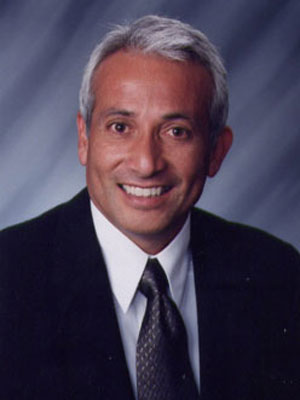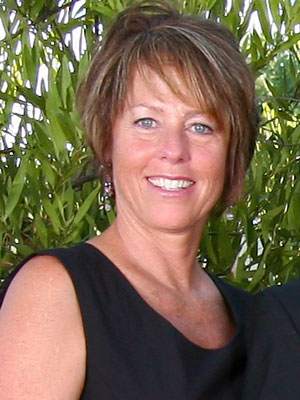How to Win at Poker

Poker is a game that requires a combination of luck and skill. It’s important to understand the basic rules of the game, including hand rankings, and how different positions at the table affect your strategy. It’s also important to learn how to read your opponents and adapt your style based on their tendencies.
It’s also important to have a strong understanding of poker math, particularly balance and frequencies. I recommend checking out The One Percent course by Matt Janda, which is an excellent primer for these topics. If you’re looking for a more advanced book, I highly recommend reading Ranges by Dan Schroeder. This book is a deep dive into the math behind poker and goes well beyond what’s covered in The One Percent course.
To be successful in poker, you must be able to keep your emotions in check. It’s not uncommon to lose a few hands in a row, so it’s important to stay calm and not let your emotions get the best of you. A good way to practice this is by watching videos of Phil Ivey taking bad beats. He never gets upset or gives up, which is why he’s such a great player.
You must also be able to focus and concentrate during games. This is especially important when you’re playing heads-up with a weak opponent, as you’ll need to be able to spot their tells and make smart decisions in order to take advantage of them.
The post How to Win at Poker appeared first on villagesanclemente.org.
Source: This article was originally published on Village San Clemente
About the Agent
Jim Flores is an accomplished real estate professional providing services as both agent and broker for over 13 years. His extensive knowledge of the Southern California real estate & mortgage market has allowed him to provide an outstanding level of client satisfaction to his clientele. As co-founder founder of Sea Sell Realty Jim is committed to personalized service. His goal is to exceed client needs by applying his expertise to all aspects of the real estate industry including sales, property management, consulting, training and real estate technology. For example, Jim’s use of technology benefits his clients by utilizing tools that make transactions client friendly: electronic signing, social media ads, paper less transactions and iPad essentials.



